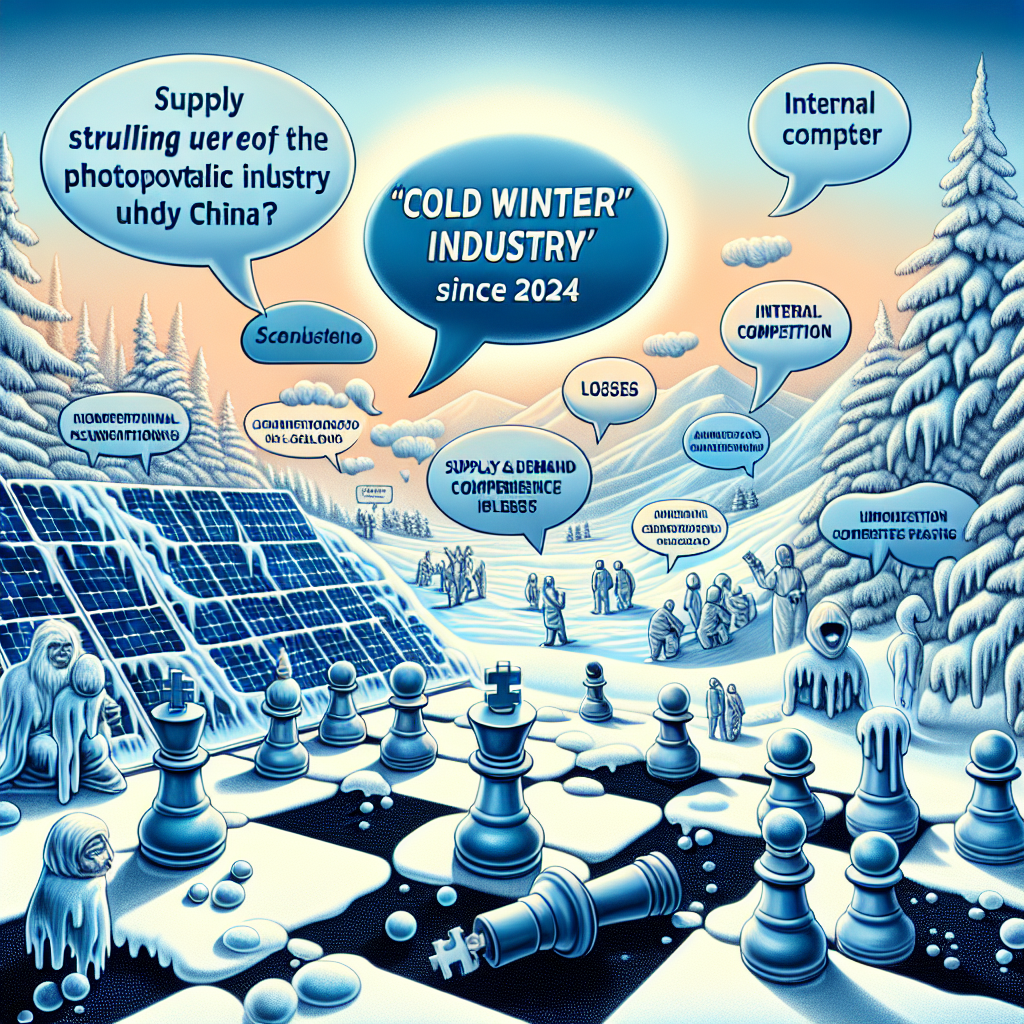In recent years, since 2024, China’s photovoltaic industry has entered a “cold winter,” facing serious supply and demand imbalances, as well as the impact of the US-China trade war. Phrases like “internal competition” and “losses” have become high-frequency terms in the industry. Many listed companies recently reported their worst annual reports and first-quarter reports in history, with major enterprises suffering particularly severe losses.
Leading Chinese photovoltaic company, JA Solar, recently disclosed its 2024 annual report and first-quarter report for 2025. The annual report showed a revenue of 92.471 billion yuan and a net profit of 98.9276 million yuan, representing a year-on-year decrease of 22.08% and 98.67%, respectively.
In the first quarter of 2025, JA Solar achieved a revenue of 13.843 billion yuan, a 40.03% decline year-on-year, and suffered a net loss attributable to shareholders of the listed company amounting to 1.39 billion yuan.
JA Solar attributed the losses to the overall low prices in the photovoltaic industry during the reporting period, combined with disruptions in demand due to changes in overseas trade policies, putting pressure on profitability across the industry’s integrated chain.
Among the top four component manufacturers, Trina Solar suffered the highest losses in the first quarter, with a net loss of 1.638 billion yuan. In 2024, the company reported a net loss of 4.656 billion yuan, a significant turnaround compared to the previous year.
Jinko Solar’s annual report for 2024 revealed a net loss of 8.62 billion yuan. The losses continued into the first quarter of this year, with a net loss of 1.436 billion yuan.
As a leading multi-crystalline silicon company, Tongwei Co. announced in its 2024 annual report a net loss attributable to the parent company of 7.039 billion yuan, a 151.86% year-on-year decrease. This was the first time Tongwei Co. had suffered losses since its listing in 2004.
Tongwei Co. recorded a net loss of 2.593 billion yuan in the first quarter, marking its worst quarterly performance to date and the sixth consecutive quarter of losses.
GCL Energy’s annual report for 2024 showed a net loss of 3.443 billion yuan. In the first quarter of this year, the company reported a net loss of 1.32 billion yuan.
Collectively, the five major Chinese photovoltaic giants reported a combined loss of 6.987 billion yuan in the first quarter of 2025, with a total loss of 25.148 billion yuan for the full year of 2024.
GCL Energy mentioned in its financial reports that the company’s operations in the US market have been affected by US government tariffs this year, leading to uncertainties in its business operations. Currently, the anti-dumping and countervailing duties rates are generally high, creating further uncertainty.
Since 2024, the United States has revoked tariff exemptions for photovoltaic components imported from Southeast Asia and initiated “double reverse” investigations into solar cell panels and components originating from four Southeast Asian countries (Cambodia, Malaysia, Thailand, and Vietnam). This has impacted or hindered the channels through which Chinese companies export photovoltaic products from Southeast Asia to the US.
According to Chinese media statistics, of the 60 listed photovoltaic companies that issued performance forecasts for 2024, except for 5 companies, including Canadian Solar, that projected an increase in performance, the rest are expected to suffer continued losses or reductions. Due to many companies losing more than they earn individually, the lower limit of the estimated total net profit for the 60 companies amounted to a combined loss of 55.6 billion yuan.

